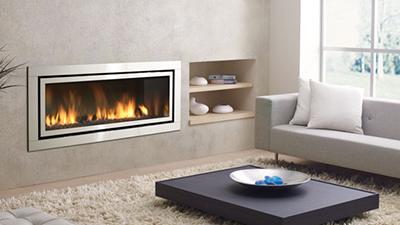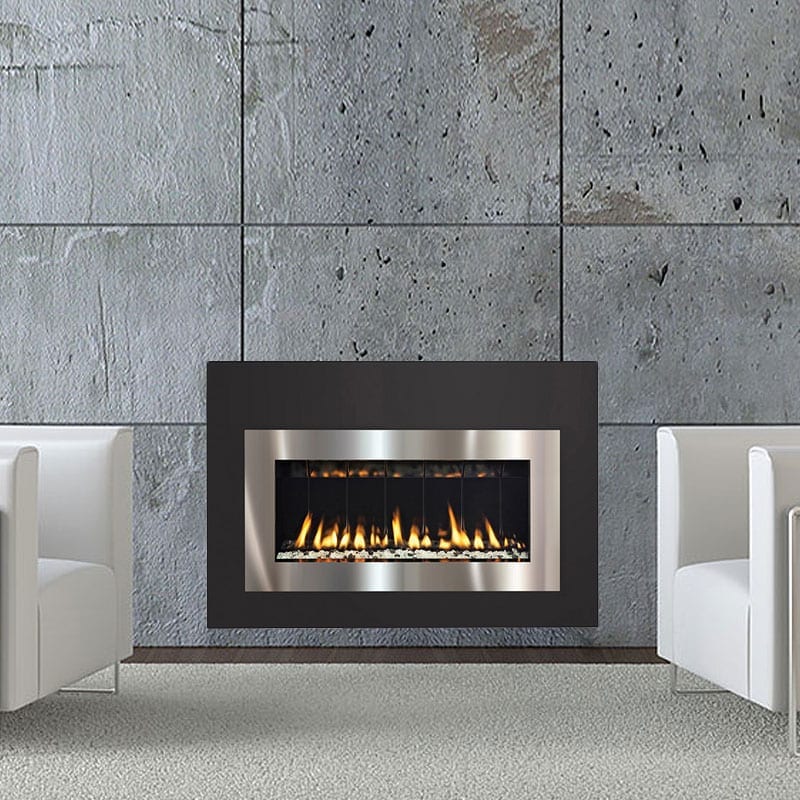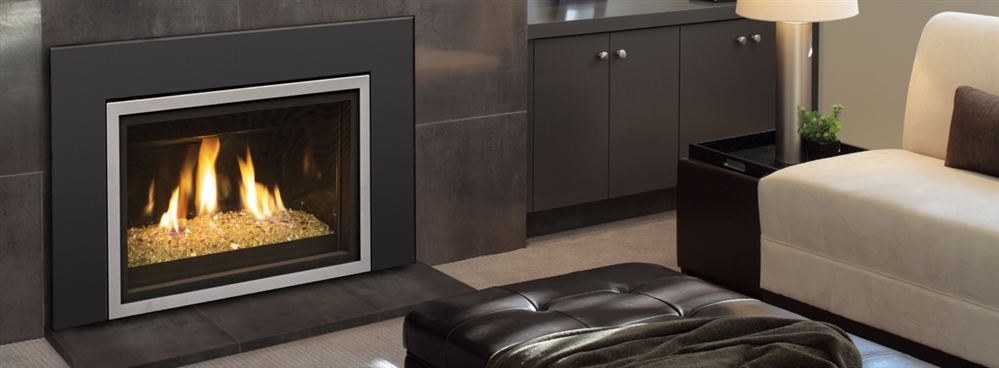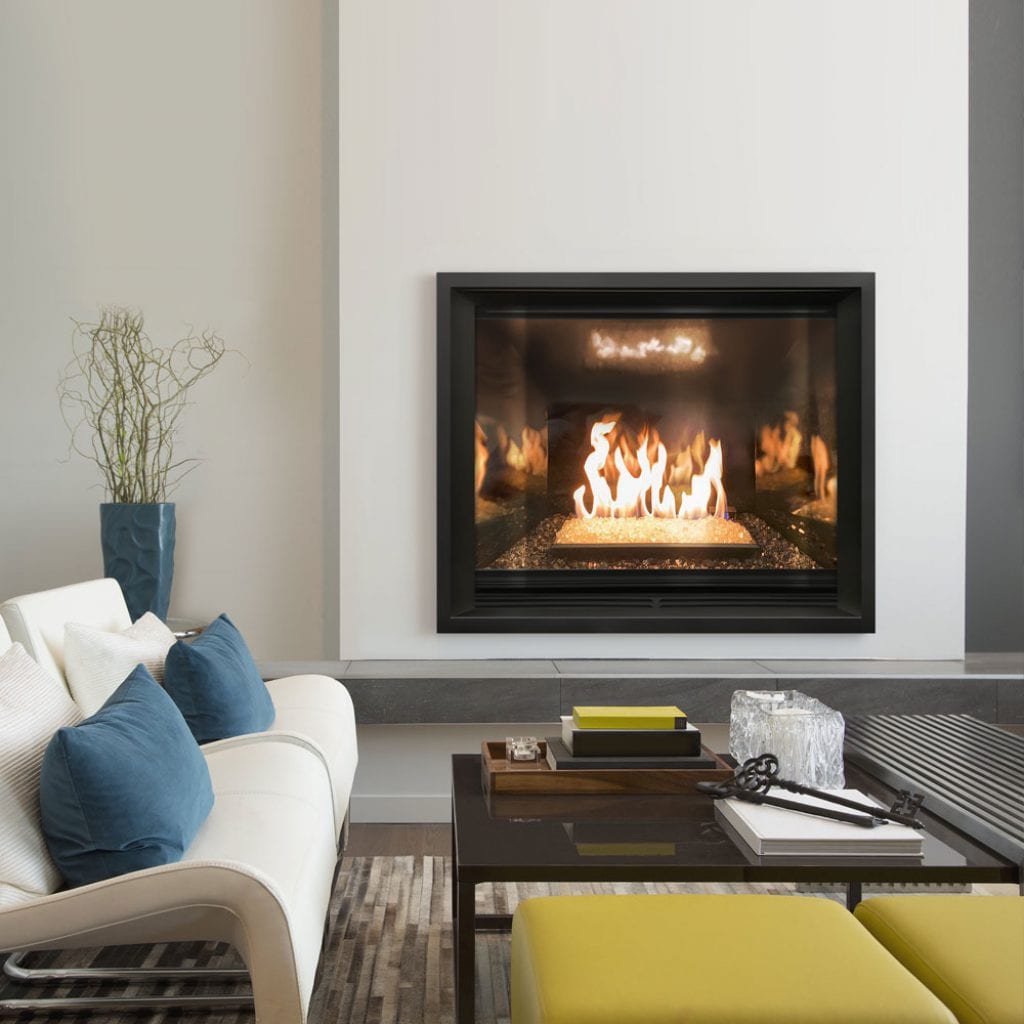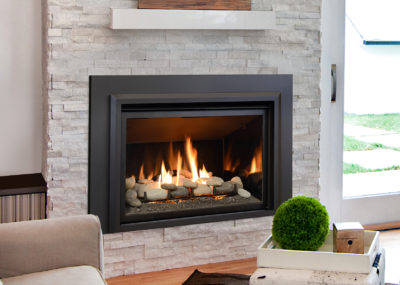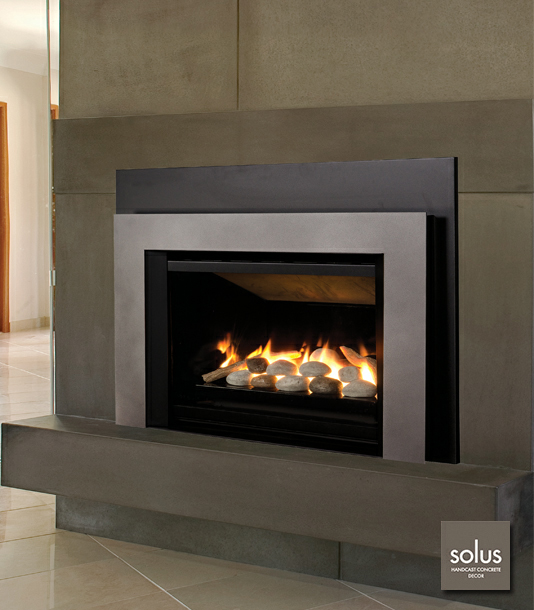Gas fireplace inserts have become a popular choice for homeowners seeking efficient heating and sleek design. These units fit into existing fireplaces, converting them into clean, convenient, and visually appealing heat sources. With options ranging from traditional to ultra-modern, contemporary gas fireplace inserts offer advanced features like remote controls, adjustable flames, and energy-efficient operation. Whether upgrading an old wood-burning fireplace or adding a new focal point to a living space, these inserts provide warmth without the hassle of traditional fireplaces.
Energy Efficiency and Environmental Benefits
Contemporary gas fireplace inserts are designed to maximize energy efficiency while minimizing environmental impact. Many models use advanced combustion technology to reduce fuel consumption, ensuring more heat is produced with less waste. Unlike wood-burning fireplaces, gas inserts produce no smoke, ash, or harmful particulates, making them a cleaner option for indoor air quality. Some units even qualify for energy-efficient home improvement tax credits, offering long-term savings.
Another key advantage is the consistent heat output, which can be easily adjusted with thermostats or remote controls. Traditional fireplaces lose much of their heat through the chimney, but gas inserts are sealed to prevent heat loss, directing warmth into the room. This efficiency makes them ideal for zone heating, allowing homeowners to lower their central heating usage. Additionally, modern gas inserts often feature venting options that don’t require a full chimney, further improving energy retention.
Environmental considerations also play a role in the popularity of gas fireplace inserts. Natural gas and propane burn cleaner than wood, reducing carbon emissions. Many manufacturers prioritize eco-friendly materials and low-emission designs, appealing to environmentally conscious buyers. With rising concerns about sustainability, gas inserts offer a responsible heating solution without sacrificing performance or aesthetics.
Design Flexibility and Customization
One of the biggest draws of contemporary gas fireplace inserts is their ability to complement any décor style. From minimalist linear designs to classic arched fronts, there’s a wide range of aesthetic options. Homeowners can choose between different finishes, such as matte black, brushed nickel, or even custom colors, ensuring the insert matches their interior design. Some models feature realistic ceramic logs or modern glass media for a striking visual effect.
Beyond appearance, customization extends to functional features. Adjustable flame height, color-changing LED lighting, and multi-speed blowers allow users to tailor their fireplace experience. Built-in safety screens and tempered glass doors protect while maintaining a clear view of the flames. For those who prefer a seamless look, flush-mounted inserts create a built-in appearance that blends with the surrounding wall or mantel.
The versatility of gas inserts also means they can be installed in various settings, including living rooms, bedrooms, and even outdoor spaces. Freestanding options are available for homes without existing fireplaces, offering the same benefits in a different form. Whether aiming for a cozy traditional feel or a sleek modern statement, contemporary gas fireplace inserts provide endless design possibilities.
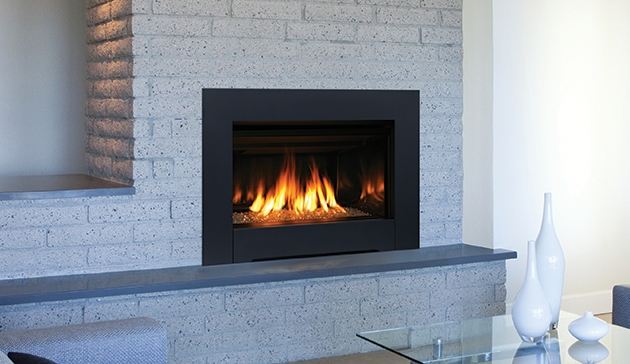
Easy Installation and Low Maintenance
Installing a gas fireplace insert is typically simpler than rebuilding a traditional fireplace. Many units are designed to fit into standard masonry openings, reducing the need for extensive renovations. Direct venting systems allow for flexible installation options, including horizontal or vertical venting, making them suitable for homes without chimneys. Professional installation ensures proper gas line connections and venting safety.
Maintenance is minimal compared to wood-burning fireplaces. There’s no need to clean up ash or soot, and the sealed combustion system keeps dust and debris out. Annual inspections by a qualified technician are recommended to check for gas leaks and ensure optimal performance. The glass front may require occasional cleaning, but most inserts are designed for easy access and simple upkeep.
Long-term durability is another advantage, with many models constructed from high-quality steel or cast iron. Unlike wood fires, which can cause wear and tear on fireboxes over time, gas inserts generate consistent heat without extreme temperature fluctuations. This reduces stress on materials, extending the lifespan of the unit. Homeowners can enjoy years of reliable use with little effort.
Advanced Technology and Smart Features
Modern gas fireplace inserts incorporate cutting-edge technology for enhanced convenience. Wi-Fi-enabled models allow users to control flames, heat output, and lighting via smartphone apps. Voice control compatibility with systems like Alexa or Google Assistant adds another layer of accessibility. Programmable thermostats enable automatic temperature adjustments, ensuring consistent comfort without manual intervention.
Safety features have also improved with innovations like automatic shut-off sensors for low oxygen levels or overheating. Child locks and cool-to-touch glass prevent accidents, making these inserts family-friendly. Some models include backup battery systems, ensuring operation during power outages. These advancements provide peace of mind while maintaining a high level of functionality.
The integration of LED lighting has transformed the visual appeal of gas inserts. Adjustable flame colors and ember bed lighting create a customizable ambiance for any occasion. Realistic flame patterns, enhanced by reflective technology, mimic the look of a natural fire. These features make contemporary gas inserts not just heating appliances but also dynamic design elements.
Cost Considerations and Long-Term Value
While the upfront cost of a gas fireplace insert can be higher than traditional options, the long-term savings often justify the investment. Reduced reliance on central heating can lower monthly utility bills, especially in colder climates. Many inserts operate at 70-90% efficiency, compared to wood fireplaces, which may lose up to 80% of their heat through the chimney.
Financing options and potential tax incentives can make purchasing more affordable. Some utility companies offer rebates for upgrading to energy-efficient gas appliances. Additionally, a well-chosen insert can increase home resale value by improving both aesthetics and functionality. Buyers often view gas fireplaces as desirable upgrades.
Durability and low maintenance further contribute to cost-effectiveness. With fewer repairs and no need for chimney sweeping, ongoing expenses are minimal. High-quality inserts can last 15-20 years or more with proper care, making them a worthwhile investment for homeowners planning to stay in their residences long-term.
How does a gas fireplace insert differ from a traditional wood-burning fireplace?
A gas fireplace insert is designed to fit inside an existing wood-burning fireplace, converting it into a more efficient and convenient heating source. Unlike wood fireplaces, gas inserts use natural gas or propane, producing consistent heat without the need for chopping, storing, or hauling firewood. They also eliminate smoke, ash, and creosote buildup, reducing maintenance and improving indoor air quality. The sealed combustion system prevents heat loss, making them far more energy-efficient than traditional fireplaces.
Can a gas fireplace insert be installed in a home without a chimney?
Yes, many contemporary gas fireplace inserts use direct venting systems that don’t require a traditional chimney. These systems can be vented horizontally through an exterior wall or vertically through a roof, providing flexibility for various home layouts. Vent-free models are also available, though they must comply with local building codes and safety regulations. A professional installer can determine the best venting solution based on the home’s structure and local requirements.
Are gas fireplace inserts safe to use around children and pets?
Modern gas fireplace inserts include multiple safety features to protect families. Tempered glass doors stay cool to the touch, and safety screens prevent direct contact with flames. Many models have automatic shut-off sensors that activate if oxygen levels drop or if the unit overheats. Child locks can disable controls, preventing accidental adjustments. While it’s still important to supervise children and pets near any heating appliance, gas inserts are designed with safety as a priority.
How often should a gas fireplace insert be serviced?
An annual inspection by a qualified technician is recommended to ensure safe and efficient operation. The technician will check for gas leaks, clean the burner and venting system, and verify that all components are functioning correctly. Regular maintenance helps prevent issues like pilot light failures or inefficient combustion. Homeowners should also clean the glass periodically to maintain visibility and appearance, following the manufacturer’s guidelines.
Do gas fireplace inserts provide enough heat to warm a room effectively?
Yes, most contemporary gas fireplace inserts are highly effective at heating individual rooms or zones. With efficiency ratings often exceeding 80%, they direct more heat into the living space compared to traditional fireplaces. Many models include blowers to circulate warm air, improving heat distribution. BTU ratings vary, so selecting the right size for the room is important. For larger spaces, higher-output units or supplemental heating may be necessary, but gas inserts are generally powerful enough for most residential settings.
Buy gas insert 1 Online Legend G3.5 Modern Gas Insert San
Related Posts:
